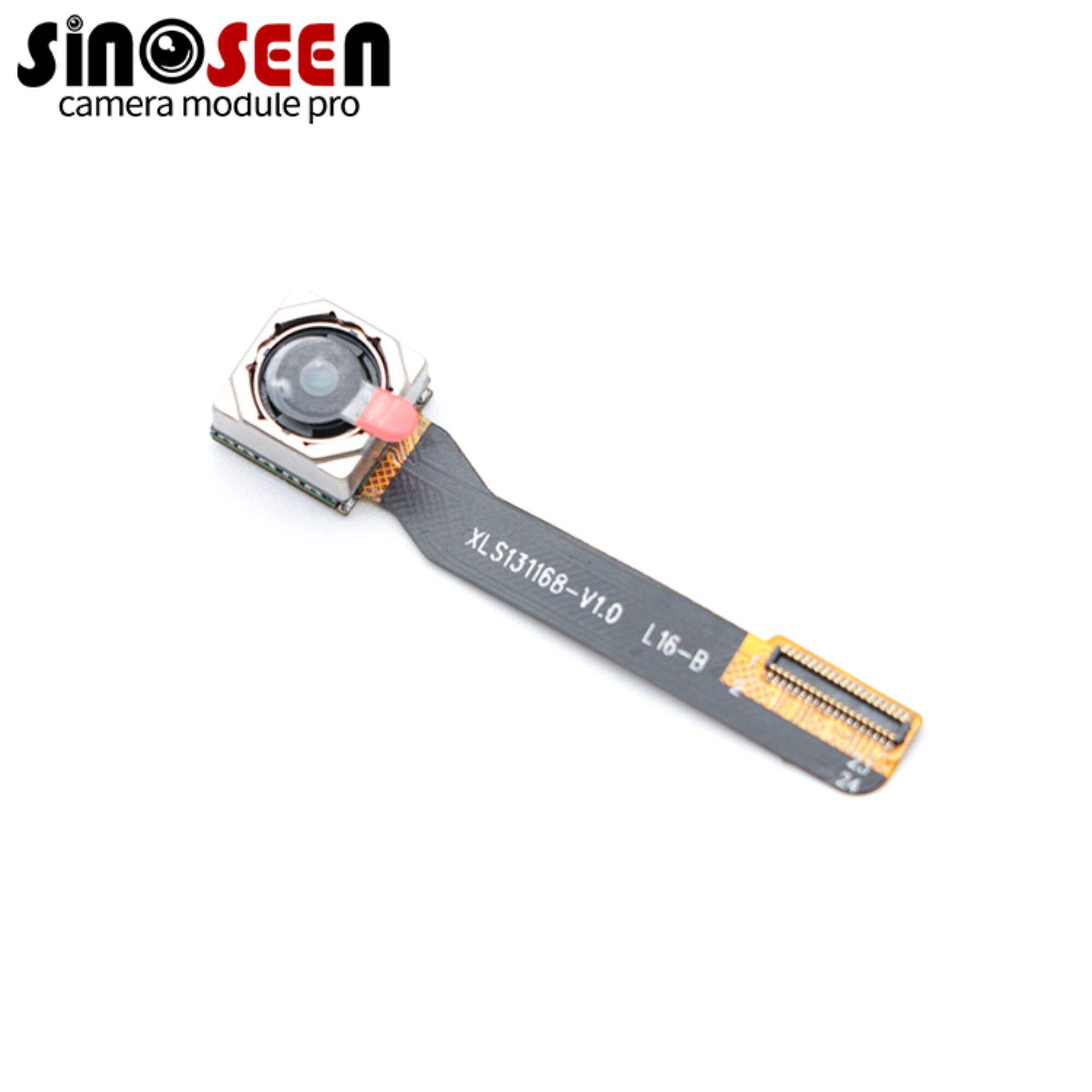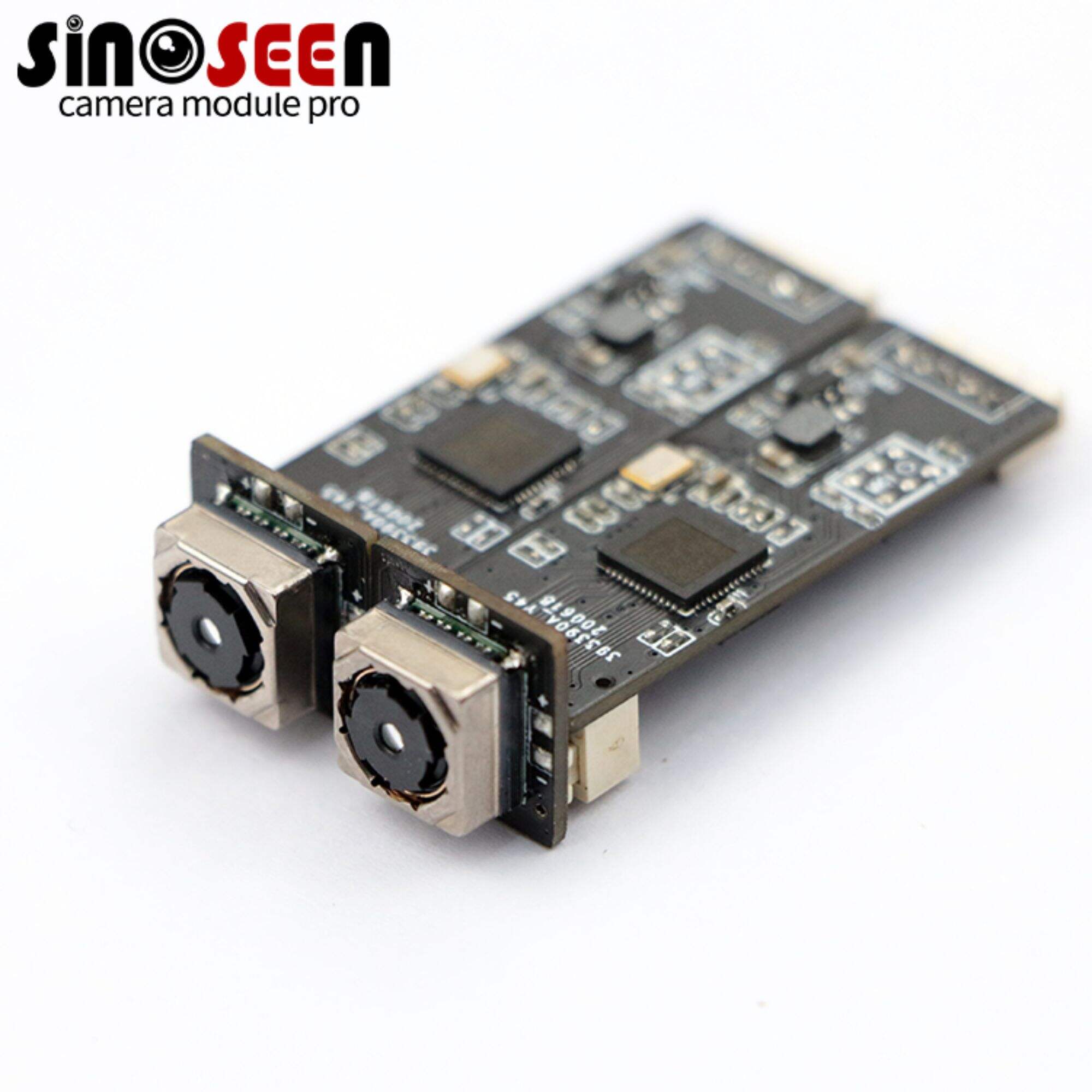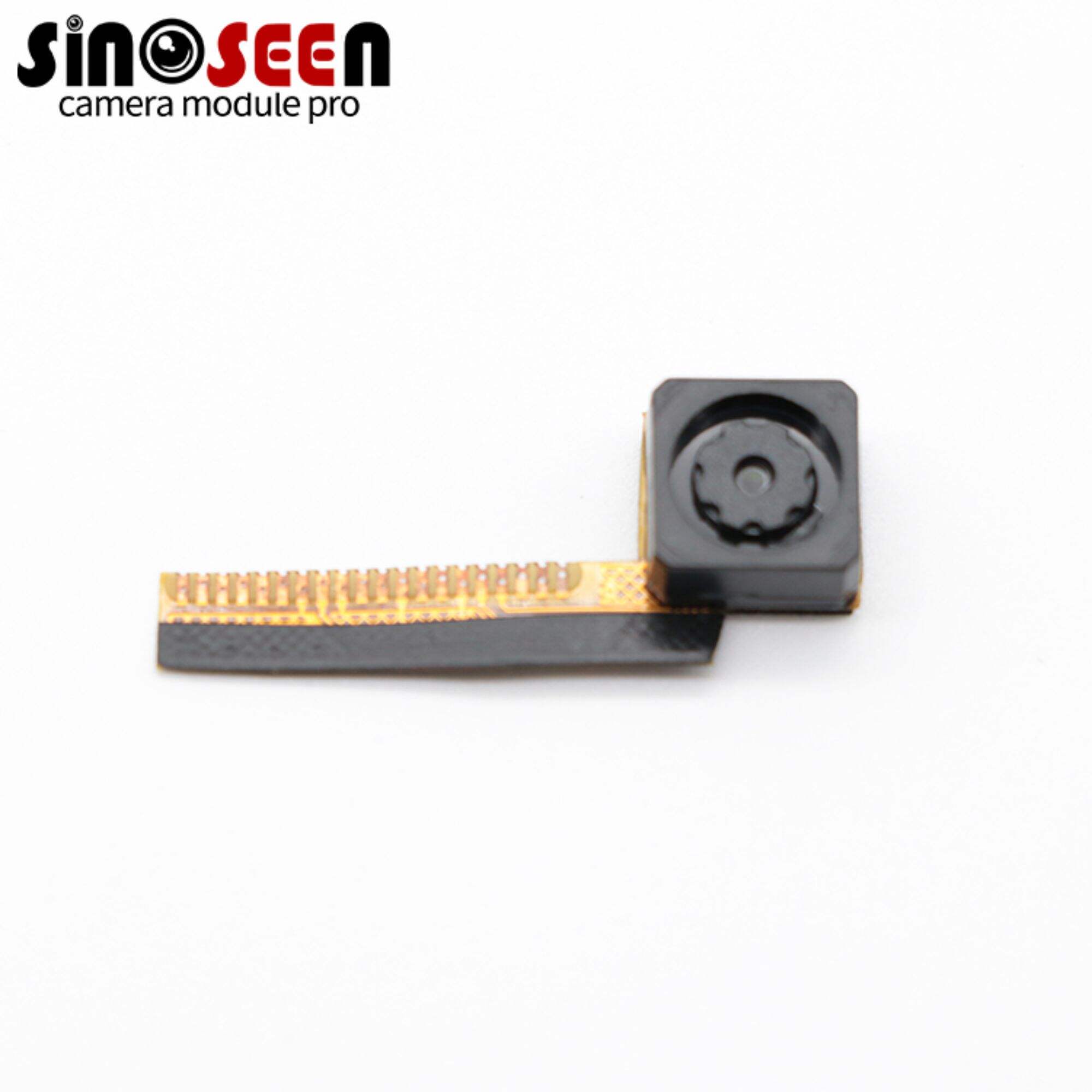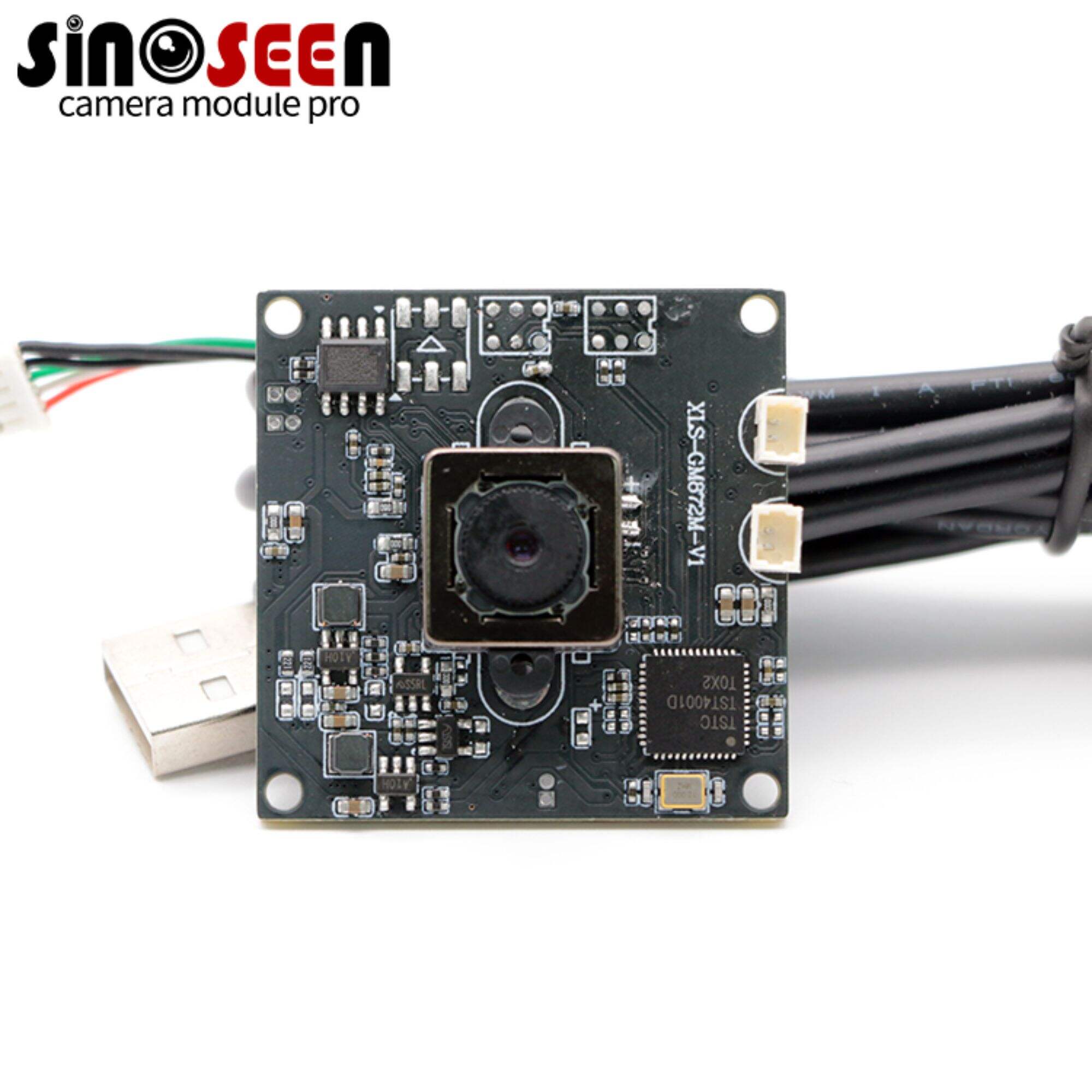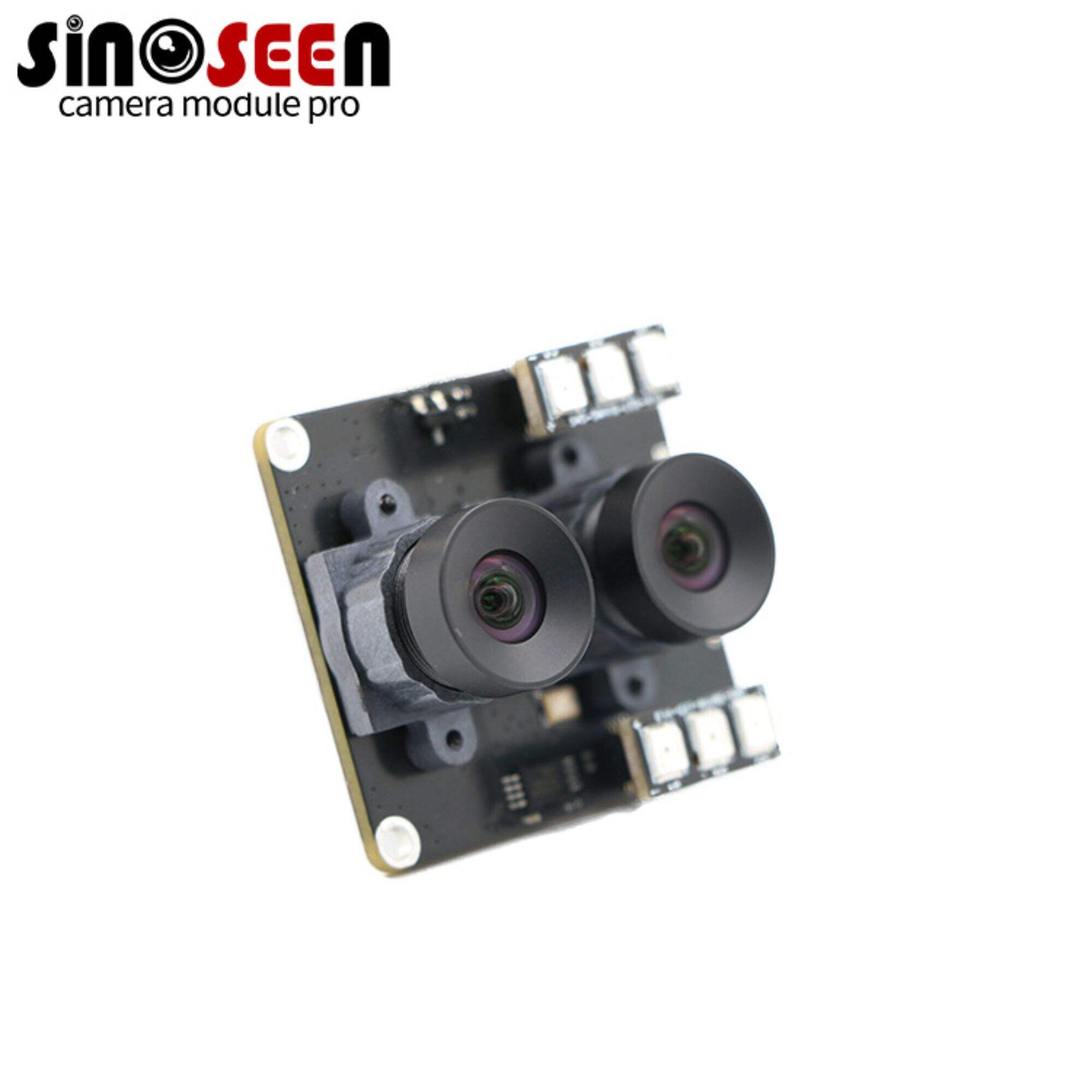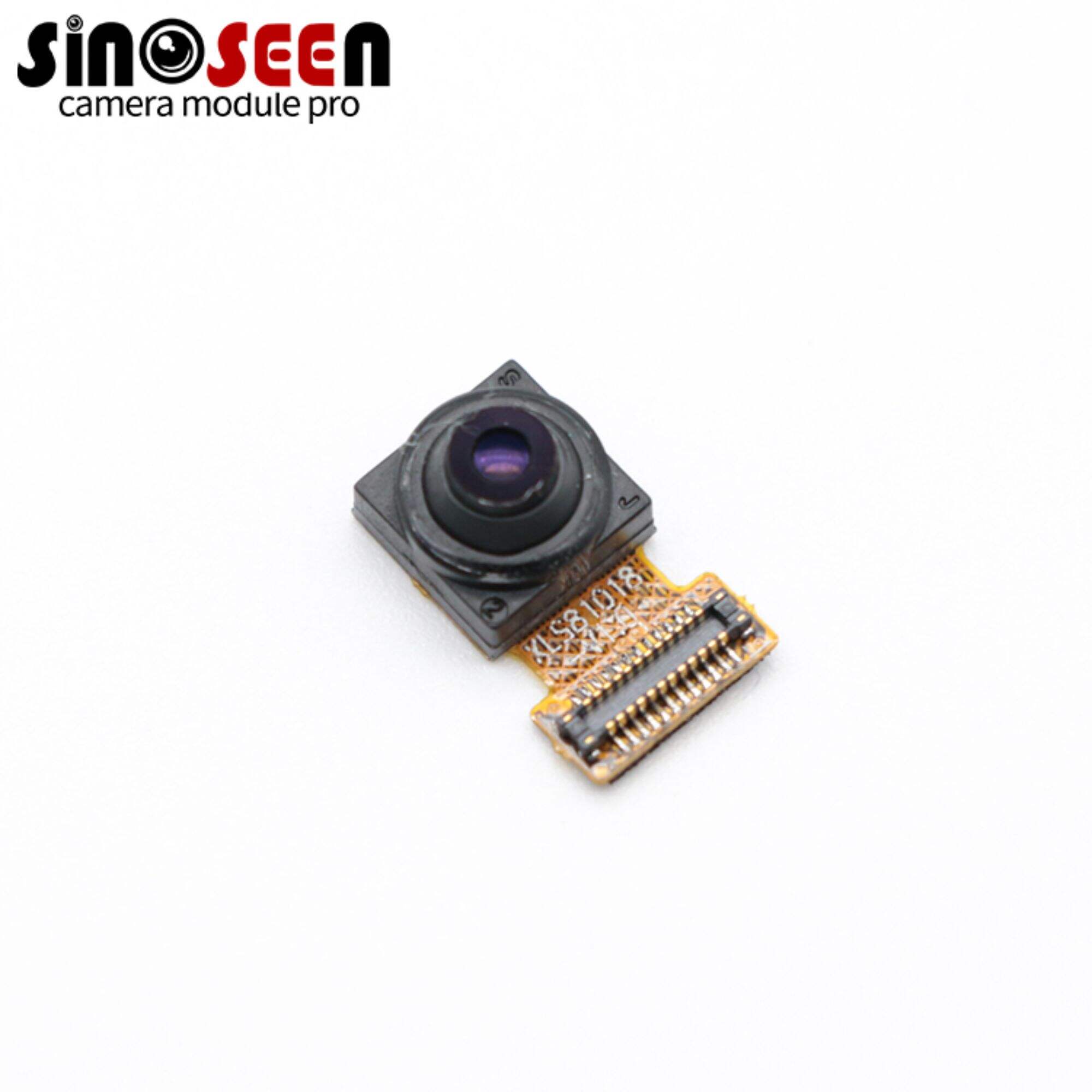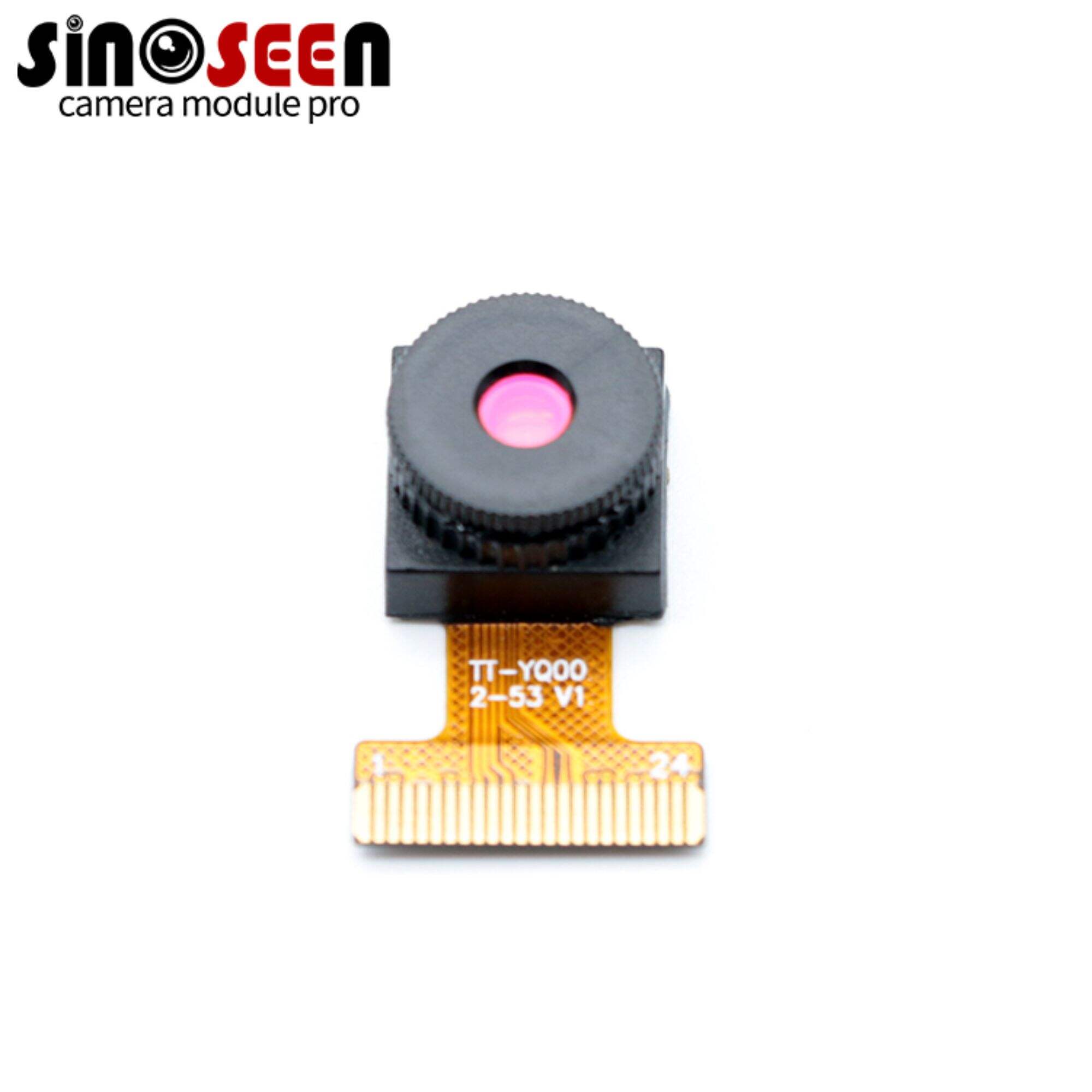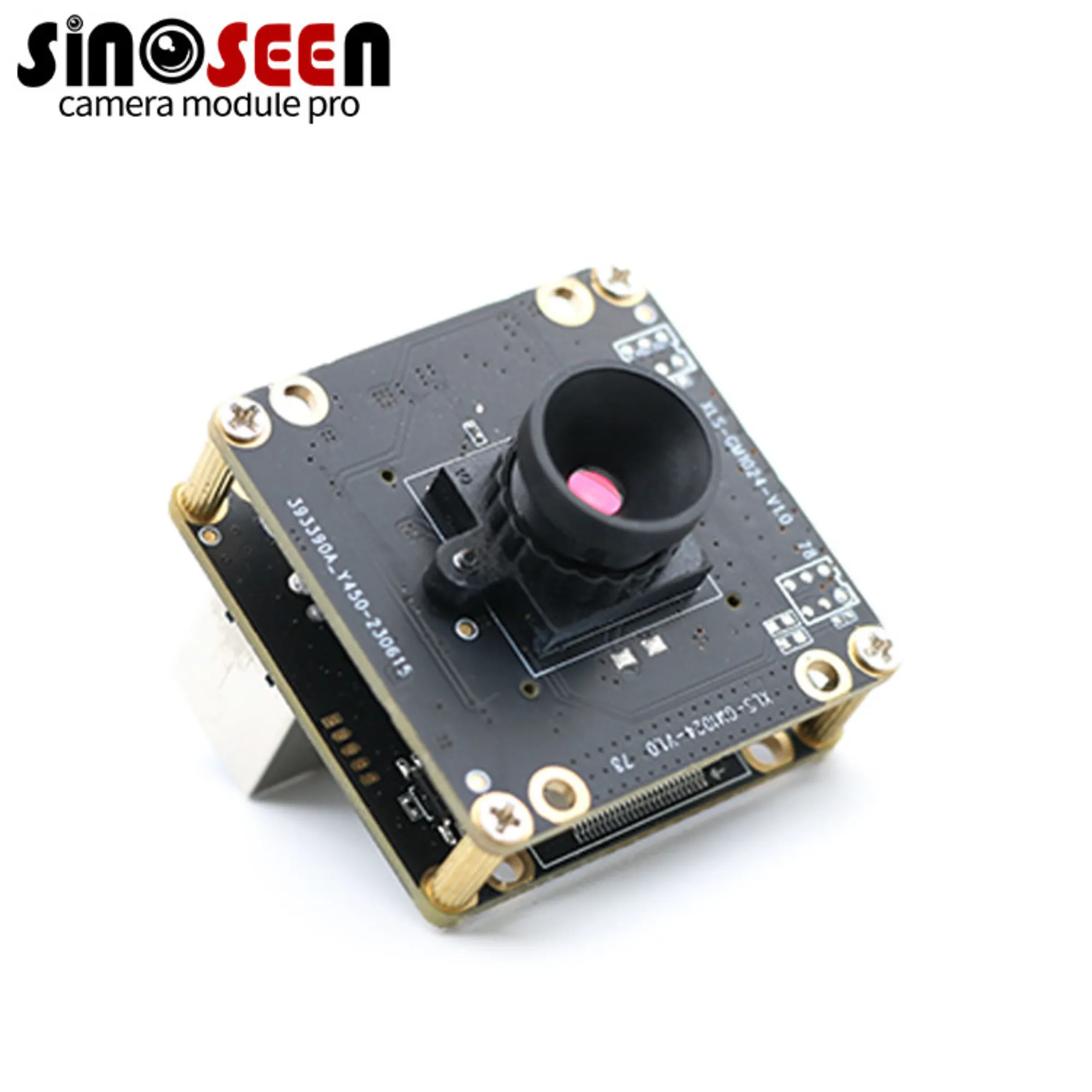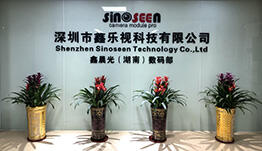What is a gamma correction?and the role of Gamma Correction in Embedded Vision
In the realm of embedded vision, accurate image capture is paramount. However, the raw data from a camera sensor rarely matches human perception. This is where Gamma Correction steps in.
It is a vital process that adjusts an image's brightness and tone. It ensures that what a sensor captures appears correctly to the human eye.
For embedded vision engineers, understanding Gamma Correction is non-negotiable. It bridges the gap between linear sensor data and nonlinear human sight.
This process is crucial for maintaining image quality and ensuring the accuracy of machine vision algorithms. This article explores the fundamentals, applications, and impact of Gamma Correction on camera systems.
Understanding Gamma Function Values and Human Perception
What is a gamma correction? It is a non-linear operation. It adjusts the luminance of an image.
Sensors capture light linearly. The amount of light doubles, and the sensor output doubles.
Human eyes, however, perceive brightness non-linearly. We are more sensitive to changes in darker tones than lighter tones.
This difference creates a fundamental mismatch. Without Gamma Correction, images appear too dark, especially in the mid-tones.
The gamma function values define this transformation curve. A typical display gamma is about 2.2.
If the input is 0.5 and the gamma value is 2.2, the output is calculated by raising the input to the power of the gamma value. This is the core of the correction.
Engineers must ensure the gamma curve matches the display's characteristics. This is essential for accurate visualization.
In embedded vision systems, correct gamma is vital for visual clarity. It ensures images render naturally on screens.
The pain point for many systems is achieving this balance. Incorrect gamma correction leads to washed-out or overly dark images.
This affects user experience and potentially algorithmic accuracy.
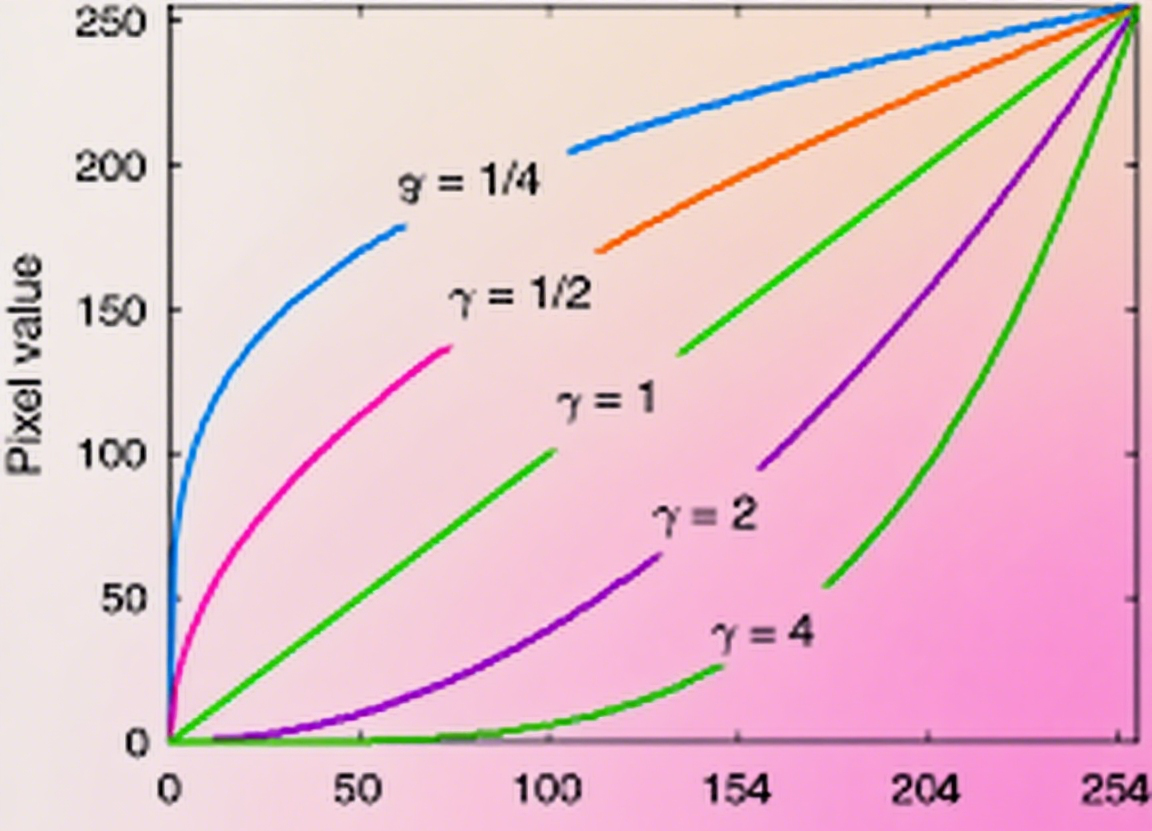
Gamma Compression for Efficient Data Handling
Gamma compression is a critical part of the imaging pipeline. It is often performed by the camera's ISP (Image Signal Processor).
The goal is to encode the captured scene data. This makes it suitable for storage and transmission.
Linear sensor data is very inefficient to store. Most bits are wasted on bright areas where the human eye has less sensitivity.
Gamma compression reduces the number of bits needed for the mid-tones and shadows. It maximizes the use of available bits.
This makes image files significantly smaller. It also optimizes bandwidth during transmission.
For embedded vision systems, this efficiency is a huge selling point. It reduces memory usage and processing load.
This is vital for low-power or bandwidth-constrained camera modules.
The Gamma Correction applied during compression is known as 'encoding gamma'. It is typically used at the source.
When the image is displayed, 'decoding gamma' is applied. This reverses the compression process.
The successful implementation of gamma compression ensures that the system handles data effectively. It maintains visual quality.
Gamma and Gamma Correction: Impact on Embedded Vision
The relationship between gamma and gamma correction is central to image fidelity. Gamma refers to the exponent used in the process.
The impact of Gamma Correction on embedded vision systems is significant. It affects both human perception and machine perception.
Selling Point: Correct Gamma Correction improves the dynamic range of the visualized image. It makes details in shadows visible.
It also ensures consistent color representation across different display devices. This is crucial for applications like surveillance.
Pain Point: If the Gamma Correction is not tuned correctly, image quality suffers.
Over-correction can crush shadows, losing important details. Under-correction makes the image look flat and dark.
In embedded vision systems, poorly managed Gamma Correction can mislead algorithms. For instance, a detection algorithm might struggle with shadows.
The ability to accurately tune Gamma Correction is a key component of a high-performance camera module.
Engineers must validate the gamma correction pipeline thoroughly. This ensures accurate and reliable results in the field.
Gamma Correction in Image Processing and Key Components
Gamma correction in image processing involves specific hardware and software components. These are often integrated into the Image Signal Processor (ISP).
The ISP is the brain of the camera module. It handles raw sensor data and transforms it into a viewable image.
A key component of Gamma Correction is the Look-Up Table (LUT).
The LUT stores pre-calculated gamma function values. It maps input pixel values to output values.
This approach is highly efficient. It avoids complex computations in real-time.
Modern embedded systems also use dynamic Gamma Correction. This adapts to changing lighting conditions.
This capability significantly enhances the performance of a camera system. It provides better results in diverse environments.
Engineers must choose ISPs that offer flexible Gamma Correction controls. This allows for fine-tuning based on the application.
Whether for autonomous vehicles or industrial inspection, precise Gamma Correction is a requirement.
It ensures that the images used for analysis are consistent and correctly represented.
Summary: The Indispensable Role of Gamma Correction
Gamma Correction is more than just a filter. It is a fundamental process in image acquisition.
It ensures that the linear data captured by sensors is translated correctly. It matches the non-linear way humans perceive light.
By using gamma compression, embedded systems optimize data handling. This saves bandwidth and storage.
The precise application of Gamma Correction is a crucial aspect of image processing.
For embedded vision engineers, mastering Gamma Correction is essential. It directly impacts the reliability of their systems.
Optimize Your Vision Systems with Precise Gamma Correction
Are you prepared to unlock the full, transformative potential of your embedded vision system's image quality?
Start by thoroughly understanding the gamma function values and curves your current system utilizes. Explore the latest high-performance camera modules equipped with advanced ISP capabilities that offer precise and flexible Gamma Correction tuning.
Don't hesitate to consult with leading camera module industry experts—Sinoseen. They can provide invaluable insights and solutions to ensure your system's Gamma Correction pipeline is perfectly optimized for your specific application's unique demands. Don't let suboptimal image quality or inaccurate data representation limit your system's performance. Master Gamma Correction today and elevate the precision and visual fidelity of your embedded vision solutions!

 EN
EN
 AR
AR
 DA
DA
 NL
NL
 FI
FI
 FR
FR
 DE
DE
 EL
EL
 HI
HI
 IT
IT
 JA
JA
 KO
KO
 NO
NO
 PL
PL
 PT
PT
 RO
RO
 RU
RU
 ES
ES
 SV
SV
 TL
TL
 IW
IW
 ID
ID
 SR
SR
 VI
VI
 HU
HU
 TH
TH
 TR
TR
 FA
FA
 MS
MS
 IS
IS
 AZ
AZ
 UR
UR
 BN
BN
 HA
HA
 LO
LO
 MR
MR
 MN
MN
 PA
PA
 MY
MY
 SD
SD

